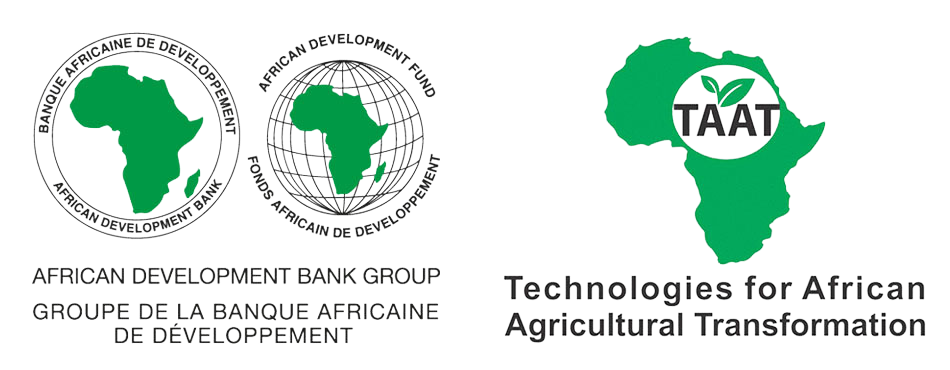

Disease-Resistant Cassava Cuttings for Higher Yields
The "Disease Resistant Cassava Varieties" technology refers to a range of cassava varieties specially selected and developed to resist the viral diseases that hamper cassava production in sub-Saharan Africa, in particular cassava mosaic and cassava brown streak. These cassava varieties have been created to address the major challenges affecting this key crop in the region. The adoption of these disease-resistant varieties offers farmers a sustainable means of protecting their cassava crops, improving yields and enhancing food security in sub-Saharan Africa. What's more, these varieties often display resistance to other common cassava pathogens, promoting integrated crop health management. Breeding and development programs continue to identify new disease-resistant cassava varieties, contributing to the sustainability of cassava production in sub-Saharan Africa.
This technology is TAAT1 validated.
Incidences of cassava mosaic disease with resistant varieties
This technology is beneficial for Seed multiplier and users
For Seed multiplier
Production of disease-resistant cassava varieties technology offers a cost-effective and sustainable solution, enhancing food security, promoting sustainable agriculture, and empowering women.
Certification is required for the multiplication and sale of cuttings from disease-resistant cassava varieties.
Potential customers for this technology include farmers, development projects, government agencies, and NGOs.
For Users
Using disease resistant cassava varieties technology offers a solution that minimizes yield losses, thereby enhancing food security and fostering sustainable agriculture practices.
Key partners required are cassava variety multipliers with high dry matter and starch content.
To evaluate the profitability of utilizing this technology, it's essential to estimate the profit generated from the product. It's worth noting that in local markets across Sub-Saharan Africa, the cost of planting materials typically ranges between USD 30 to 35 per hectare.
Adults 18 and over: Positive high
The poor: Positive high
Under 18: No impact
Women: Positive high
Climate adaptability: Highly adaptable
Farmer climate change readiness: Significant improvement
Biodiversity: No impact on biodiversity
Carbon footprint: A bit less carbon released
Environmental health: Moderately improves environmental health
Soil quality: Does not affect soil health and fertility
Water use: Same amount of water used
Scaling Readiness describes how complete a technology’s development is and its ability to be scaled. It produces a score that measures a technology’s readiness along two axes: the level of maturity of the idea itself, and the level to which the technology has been used so far.
Each axis goes from 0 to 9 where 9 is the “ready-to-scale” status. For each technology profile in the e-catalogs we have documented the scaling readiness status from evidence given by the technology providers. The e-catalogs only showcase technologies for which the scaling readiness score is at least 8 for maturity of the idea and 7 for the level of use.
The graph below represents visually the scaling readiness status for this technology, you can see the label of each level by hovering your mouse cursor on the number.
Read more about scaling readiness ›
Semi-controlled environment: prototype
Common use by projects NOT connected to technology provider
| Maturity of the idea | Level of use | |||||||||
| 9 | ||||||||||
| 8 | ||||||||||
| 7 | ||||||||||
| 6 | ||||||||||
| 5 | ||||||||||
| 4 | ||||||||||
| 3 | ||||||||||
| 2 | ||||||||||
| 1 | ||||||||||
| 1 | 2 | 3 | 4 | 5 | 6 | 7 | 8 | 9 | ||
| Country | Testing ongoing | Tested | Adopted |
|---|---|---|---|
| Benin | –No ongoing testing | Tested | Adopted |
| Burkina Faso | –No ongoing testing | Tested | Adopted |
| Burundi | –No ongoing testing | Tested | Adopted |
| Cameroon | –No ongoing testing | Tested | Adopted |
| Democratic Republic of the Congo | –No ongoing testing | Tested | Adopted |
| Ethiopia | –No ongoing testing | Tested | Adopted |
| Kenya | –No ongoing testing | Tested | Adopted |
| Liberia | –No ongoing testing | Tested | Adopted |
| Madagascar | –No ongoing testing | Tested | Adopted |
| Malawi | –No ongoing testing | Tested | Adopted |
| Mozambique | –No ongoing testing | Tested | Adopted |
| Nigeria | –No ongoing testing | Tested | Adopted |
| Rwanda | –No ongoing testing | Tested | Adopted |
| Uganda | –No ongoing testing | Tested | Adopted |
| Zambia | –No ongoing testing | Tested | Adopted |
This technology can be used in the colored agro-ecological zones. Any zones shown in white are not suitable for this technology.
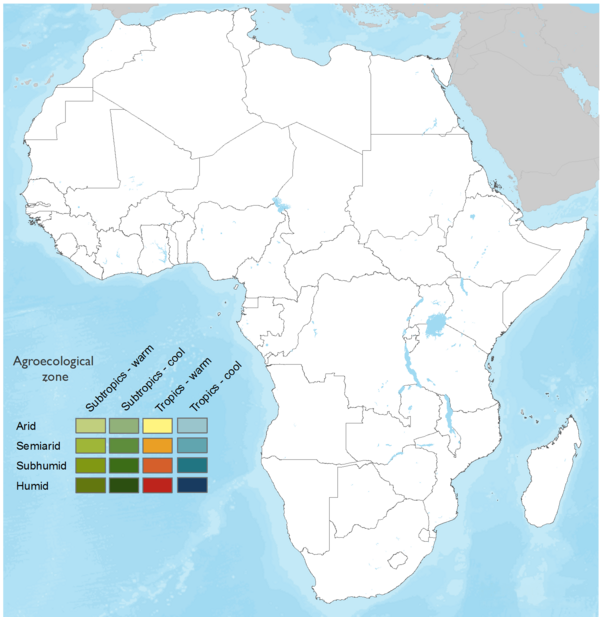
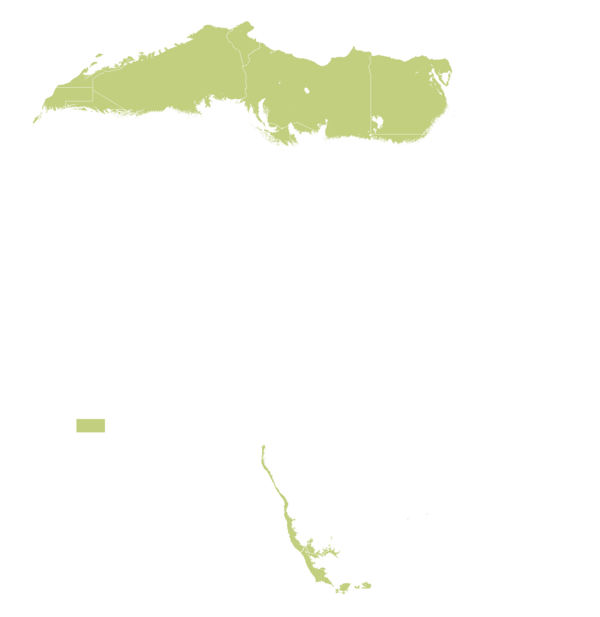

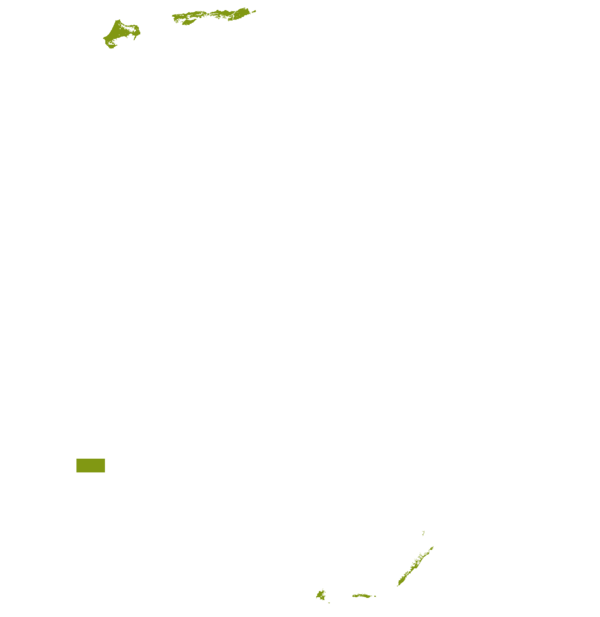


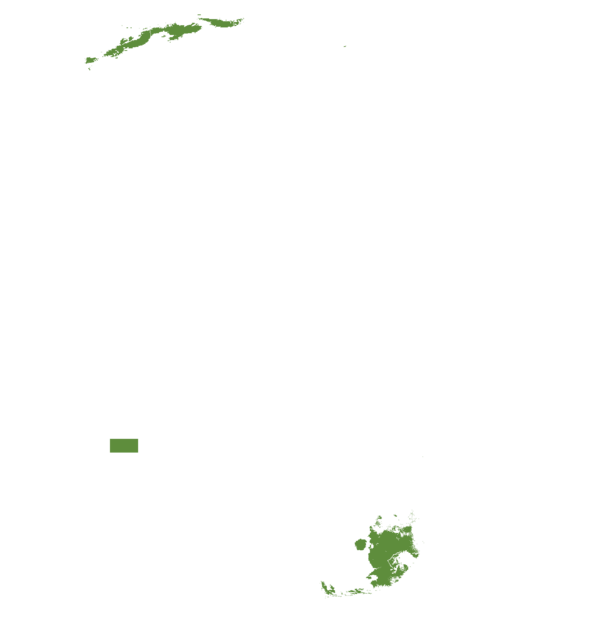
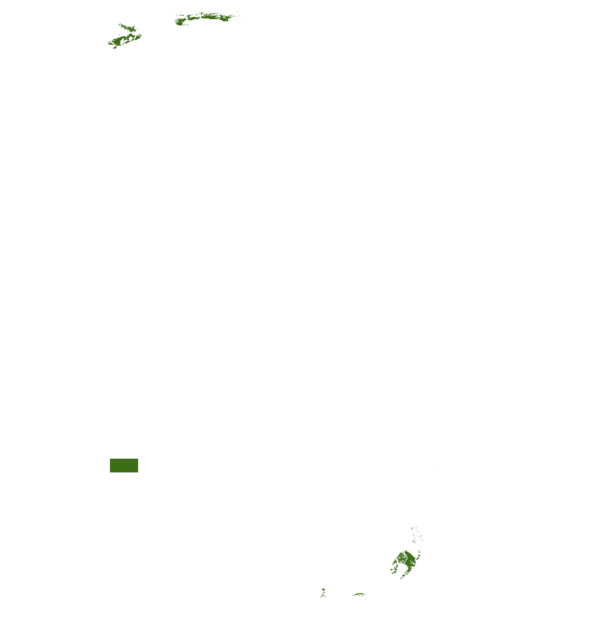

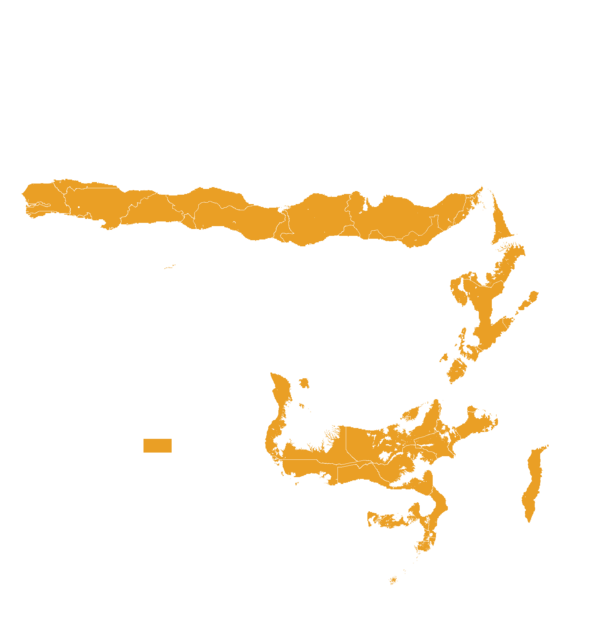
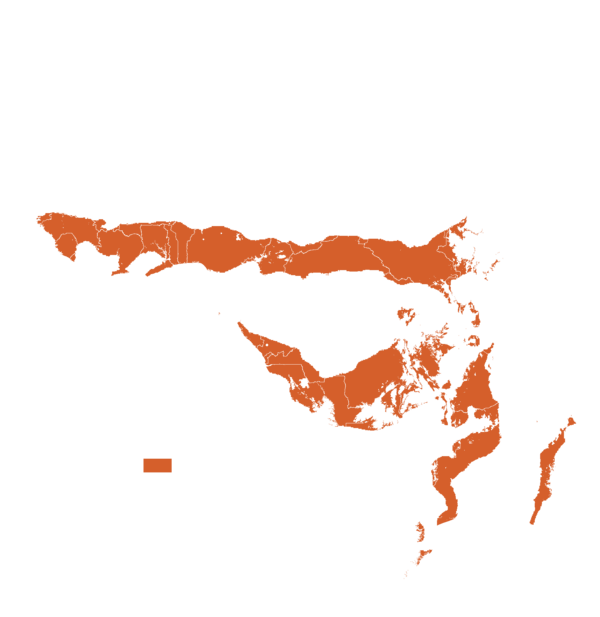

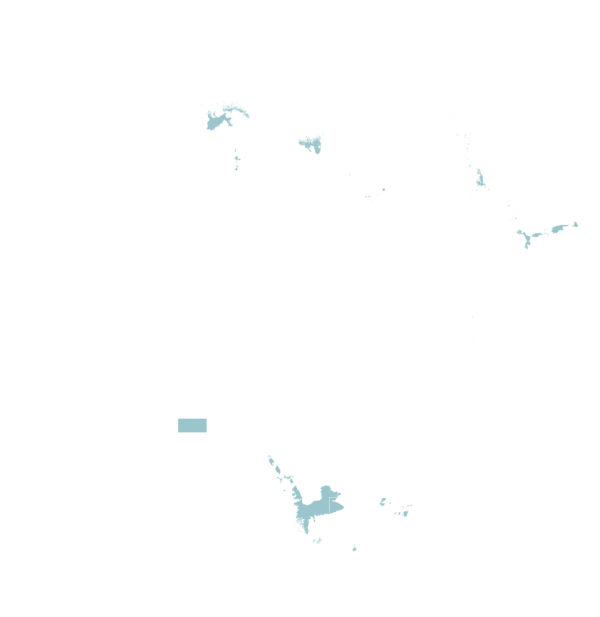

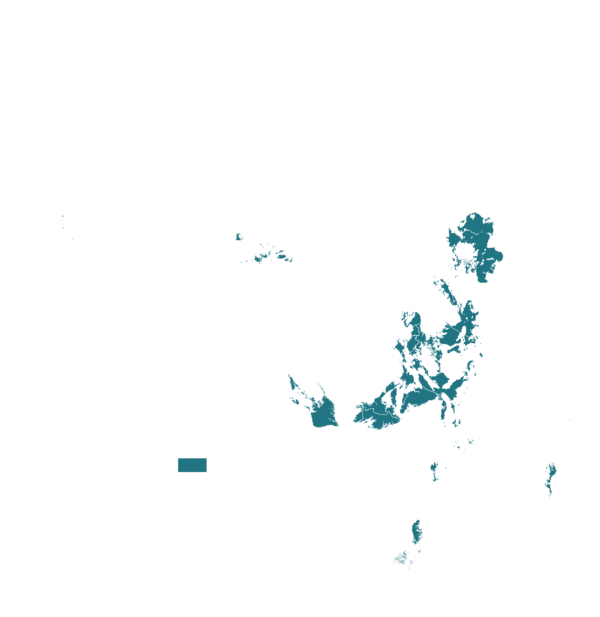
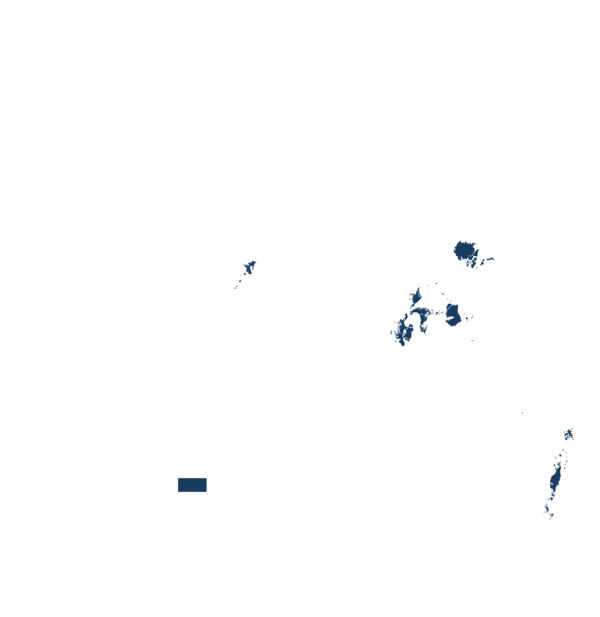
| AEZ | Subtropic - warm | Subtropic - cool | Tropic - warm | Tropic - cool |
|---|---|---|---|---|
| Arid | ||||
| Semiarid | ||||
| Subhumid | ||||
| Humid |
Source: HarvestChoice/IFPRI 2009
The United Nations Sustainable Development Goals that are applicable to this technology.

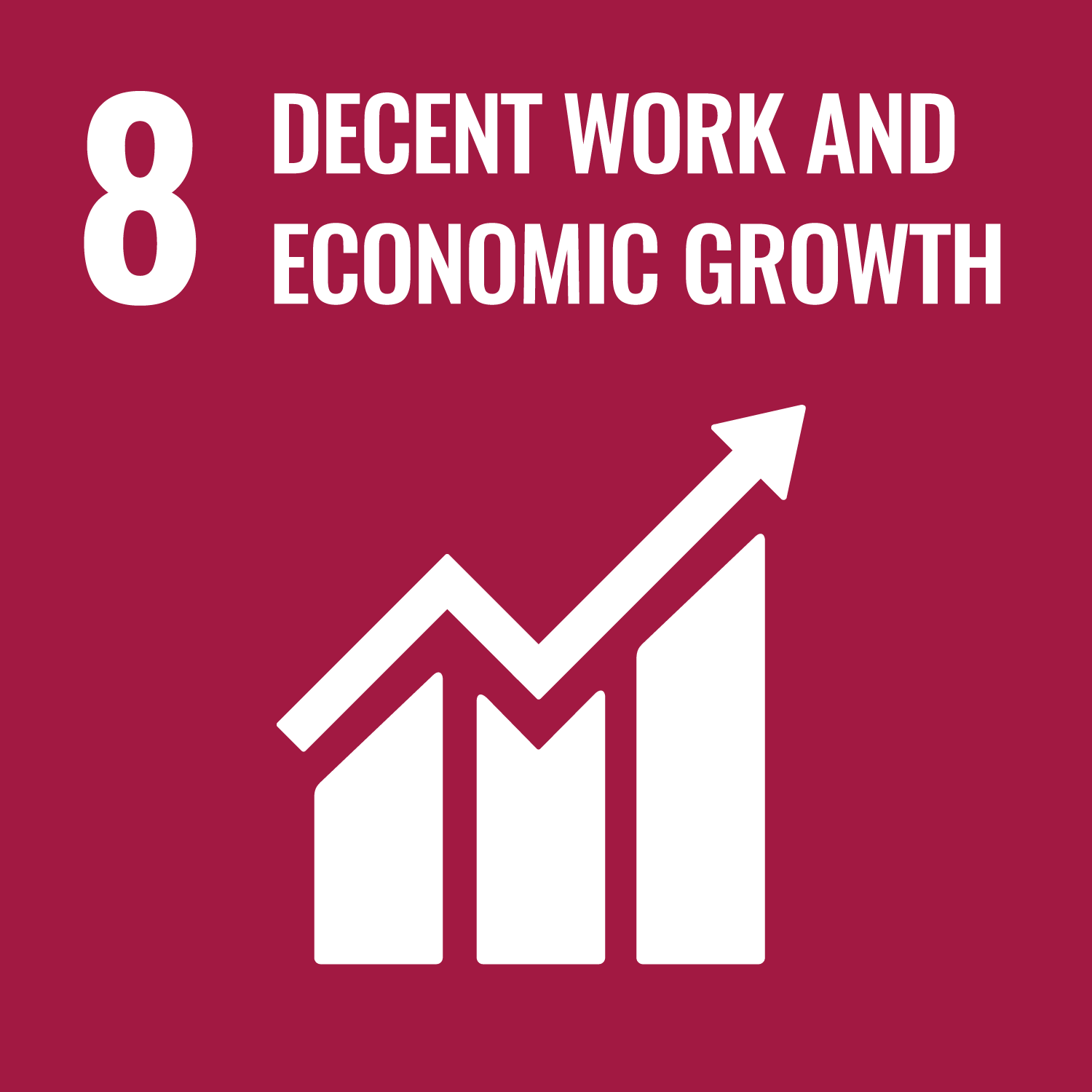
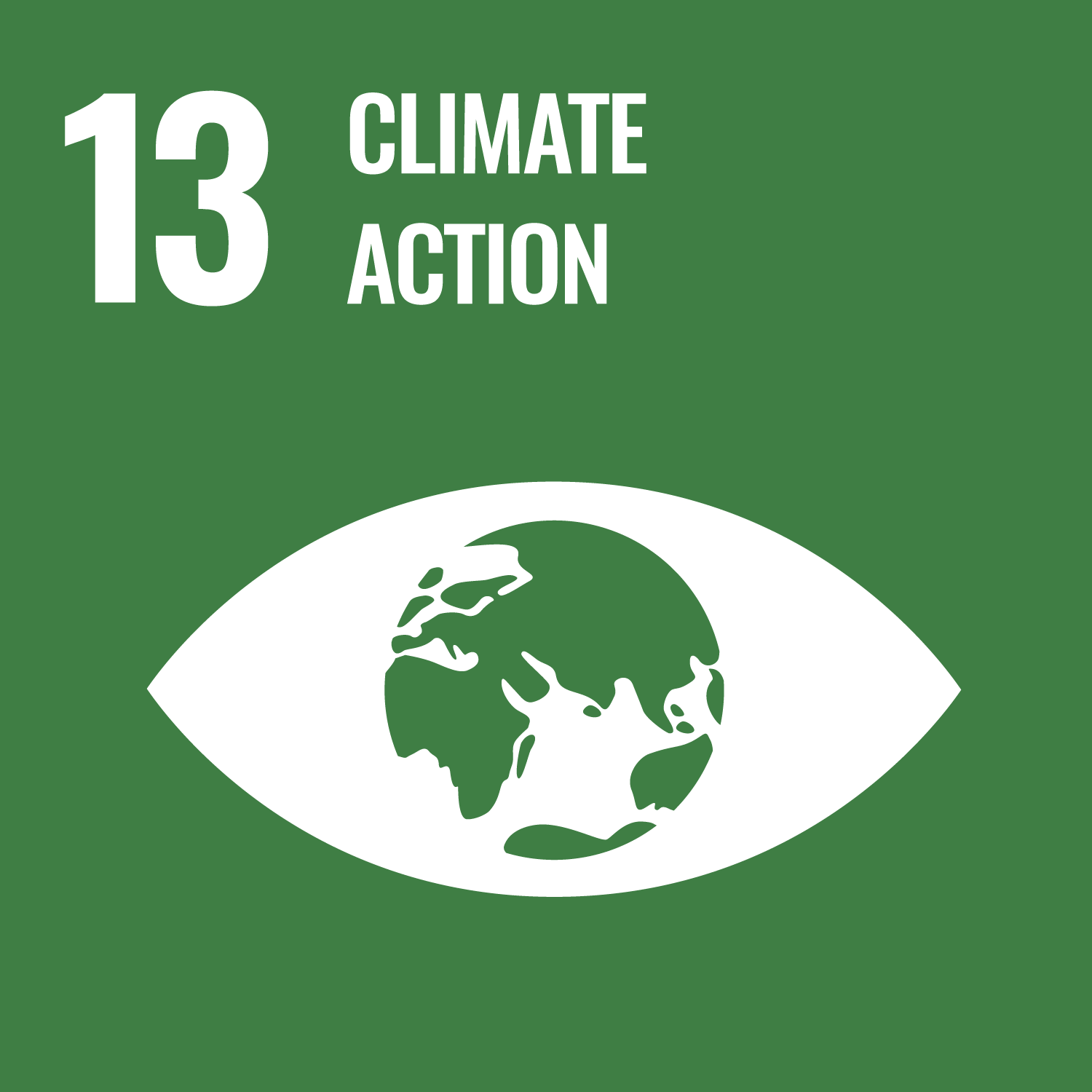
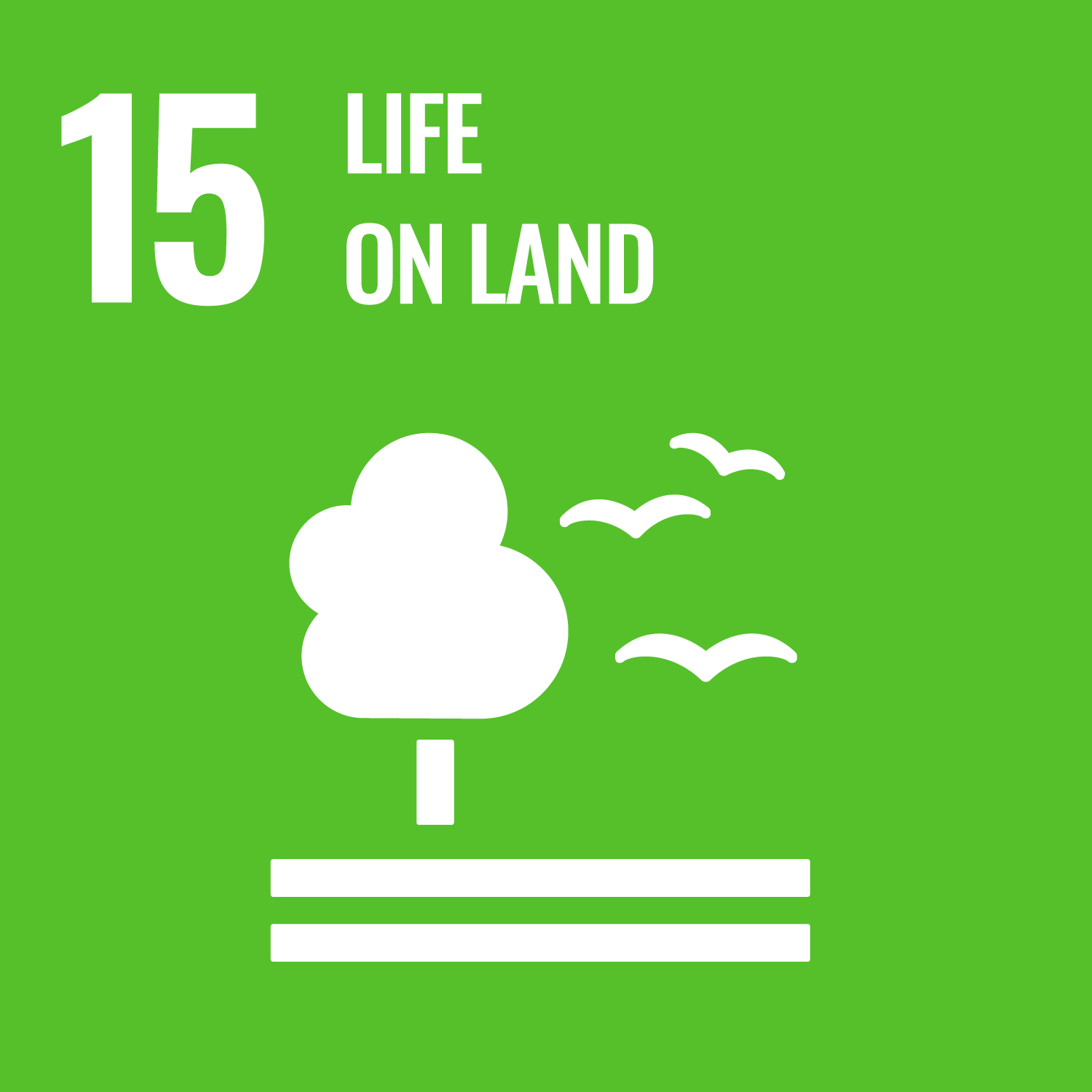
Last updated on 7 November 2025